What to pack for Everest Base Camp Trek: A Complete Guide
It is now probably on the list of most interesting treks for anyone who feels the passion of an adventure. But knowing what should be packed for the Everest Base Camp Trek it can completely transform your experience. The climate is volatile, the environment is at a relatively high elevation, and the ground is mostly rocky, which means that some planning is required as well as the correct luggage. It is about safety and comfort regardless of whether it is the author’s beginner trek or the tenth one; that is why an equipment required for EBC is developed to overcome various weather conditions on the trail.
What’s more, this guide will also include the best trekking pants for Everest Base Camp, sleeping bags, and more. We shall also briefly discuss with regards to flight concerning the weight restrictions, gear rental in Kathmandu, as well as packing in general.
Whether you are creating a list of things to pack for the Everest Base Camp or would like a brief about what to look for in the best equipment for the journey; this guide will assist you prepare for the best Everest Base Camp trek.
How Freezing is Everest Base Camp?
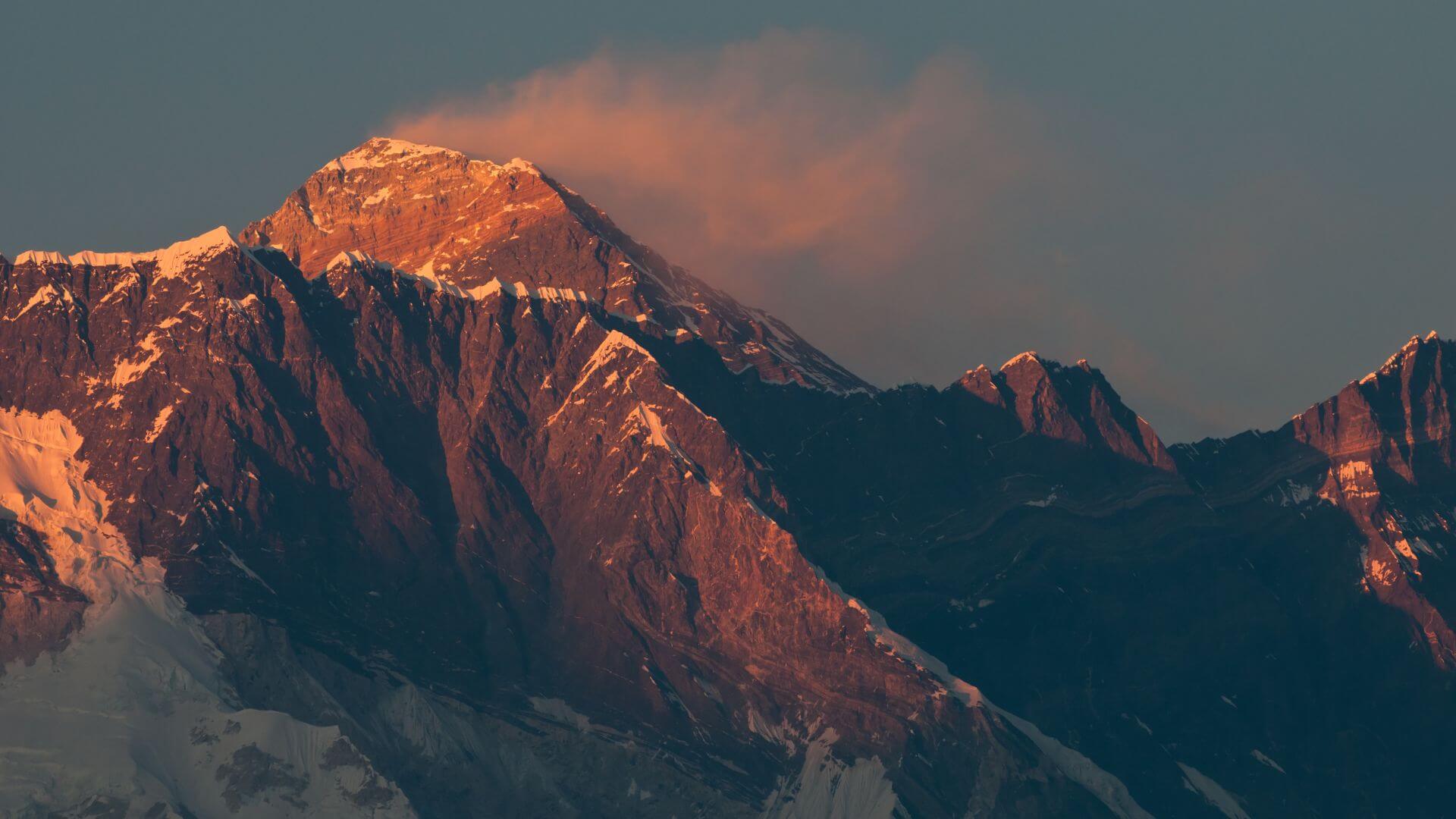
Understanding the seasonal temperatures is important when deciding on the Everest base camp trek packing list. The weather will change drastically at different times of the year, so it is important to pack the right gear to remain comfortable throughout the journey.
Learn about Rainbow Valley DeathZone
Spring (March to May):
The Everest Base Camp trek can arguably be remarked as one of the best times to go for this trek due to the temperatures that range from 10 to 15°C during the day at low altitudes, and at nighttime, even at Base Camp, the peaks may drop to as low as -10°C. Therefore, layering becomes crucial when the daytime calls for light jackets and evenings require padded ones.
Summer/Monsoon (June to August):
Nevertheless, with average temperature of 15-20 °C during the day, these rains mark the second half of the year as off-trekking period or low trekking season. However, nights at high altitude are still cold so form of wet weather gear and knee length trousers specially designed for trekking are necessary. Sleeping bag for the EBC trek is also very important because of the damp conditions a proper sleeping bag is needed.
Autumn (September to November):
This is another peak trekking season, with daytime temperatures between 10°C and 15°C. Nights are relatively warmer than winter but can still drop to -15°C at Base Camp. Flexible clothing, like the best trekking pants for Everest Base Camp and a good sleeping bag, is necessary to stay comfortable during those cold nights.
Winter (December to February):
Winter is the harshest trekking season though day temperatures at base level are normally between 5°C to 10 °C. In Base Camp temperatures can drop to -20 °C. During winter, there is the need to carry extra heavy warm clothing, warm-insulated jackets, and a quality sleeping bag because the nights are cold.
Understanding these seasonal changes will help you create an Everest Base Camp packing list, whether you’re building one specific for females or males, ensuring you're well-prepared for your hike.
Understanding weight limits while packing for the Everest Base Camp Trek
When deciding on the items to bring for the Everest Base Camp trek, it is also necessary to take into account the restrictions imposed by the airlines and porters on the amount of luggage that can be carried. In most cases, the airlines permit checked-in baggage to weigh 15 kg (33 lbs), especially on domestic flights boarding to Lukla, which is the forward base for the trek.
Porter services, which are supposed to shoulder most of the wearers’ load, are mostly allowed around 20-25 kg (44-55 lbs) for two trekkers. This implies that the essential items that need to be carried will need to be perfectly distributed against the undesirable items.
Keeping your day pack size for Everest Base Camp lightweight is also crucial. A suitable daypack will weigh between 5-7 kg (11-15 lbs) and contain only water, energy bars, and an extra layer of clothes just for warmth. That way, you can appreciate the trek without having to carry the heavy stuff with you.
Essential Packing Checklist for Your Everest Base Camp Trek
Creating an Everest Base Camp packing list is crucial to ensuring all items are accounted for during the trip. We have highlighted different groups of items along with the essential equipment for the Everest base camp trek that you will need to organize to pack appropriately.
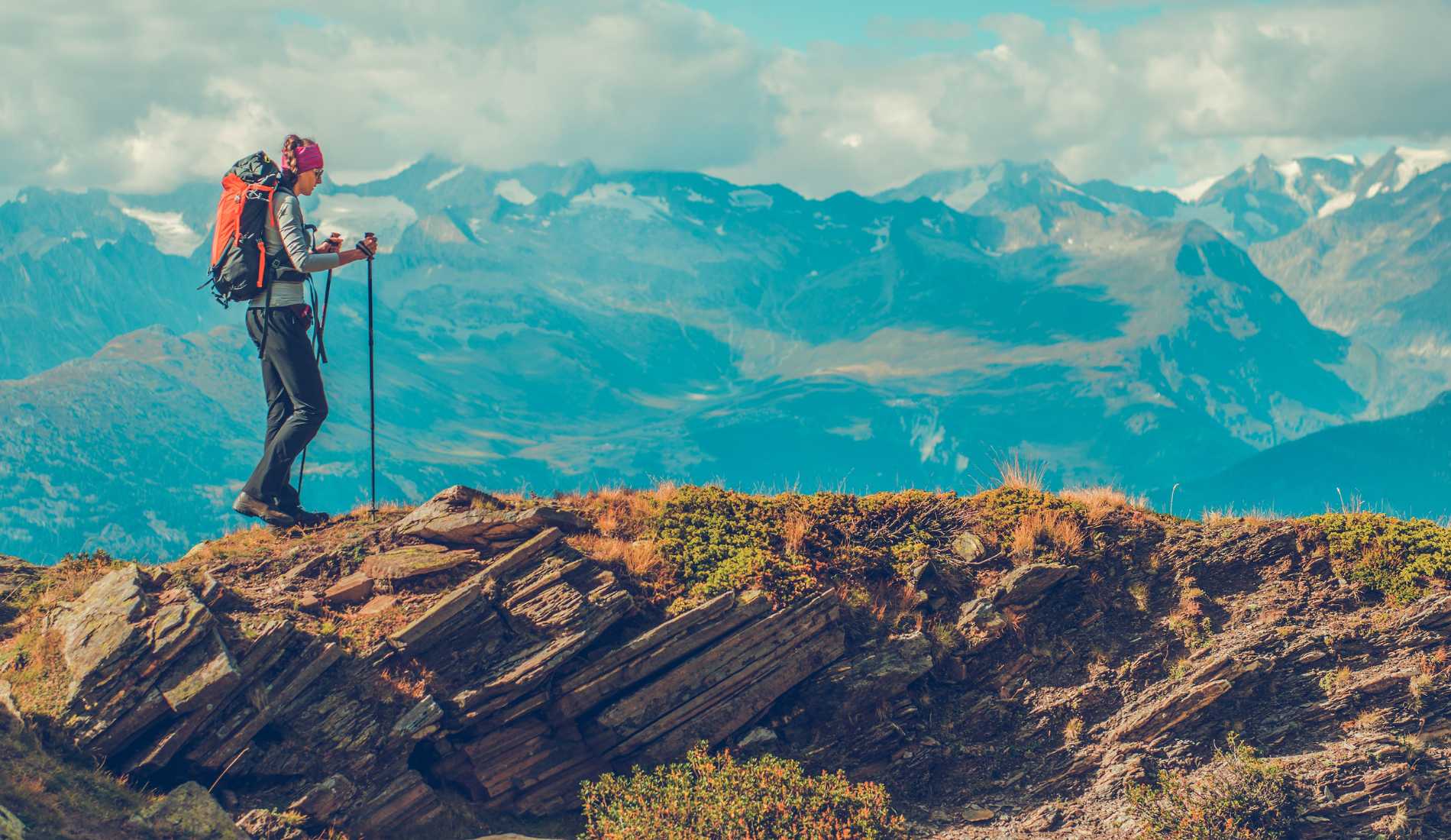
Clothes for Everest Base Camp
Choosing the right outfits is very important for safety and warmth. So here are some of the essential items on the list.
Base Layers: moisture-wicking long-sleeve shirts and thermal tops to keep you warm.
Insulating Layer: Fleece jackets or down sweaters to retain heat.
Outer Layer: Use waterproof and windproof jackets to protect yourself from rain and strong winds.
Trekking Pants: Suitable trekking pants for Everest Base Camp should be strong, lightweight, and able to dry fast.
Socks: Several pairs of socks, each made of either synthetic or wool, to keep the feet warm and dry.
Accessories: hats, gloves, and neck gaiters for additional warmth.
Footwear: well-supported ankle and waterproof quality trekking boots that fit well.
Accessories to Pack for Trekking
Having the right technology can enhance your trekking experience, so consider packing:
Camera
Portable Charger
Headlamp
GPS Device or Map
Toiletries to Pack for Everest Base Camp
Basic hygiene is crucial, especially in remote areas. Don’t forget to pack:
Biodegradable Soap
Toothbrush and toothpaste
Wet Wipes
Sunscreen and Lip Balm
Tissue Packs
Camping Gear for Everest Base Camp
If you plan to camp along the trek, make sure to include:
Tent: lightweight and waterproof.
Sleeping Bag for Everest Base Camp: Rated for low temperatures to ensure warmth at night.
Sleeping Pad: This is for insulation and comfort while sleeping.
Read our Blog Trekking in Nepal: A Complete Guide
Other Items
Consider adding these extras to your packing list:
Water Bottle or Hydration System: Drink plenty of water while trekking.
First Aid Kit: Add essentials like plasters, antiseptic wipes, and any other medication you may have.
Snacks: These will include energy-demanding foods such as nuts, dry fruits, and protein bars on the go.
Trekking Poles: Helpful stability on rugged terrain.
When you adequately prepare an Everest Base Camp packing list, you will be ready to handle all the difficulties of the trek and thoroughly appreciate the magnificent scenery.
Our Top Tips to Prepare for Everest Base Camp Trek
To prepare for the Everest Base Camp trek, it is not sufficient to pack the appropriate equipment, so here are some of the best tips to improve the quality of your trekking experience:
Start training early: Begin exercising at least six months before the planned trek. Prioritize aerobic activity, muscle build-up exercises, and uneven-ground walking with a pack to prepare for endurance.
Pack Light: Stick to your carrying capacity and only bring what is necessary. Arrange your equipment and remove anything that is not useful to make the carry easier.
Invest in Quality Gear: It is better to buy good-quality equipment where possible, especially when it involves things like sleeping bags for Everest Base Camp and trekking shoes. The right equipment does help in terms of comfort and safety.
Acclimatize Gradually: Let the body get accustomed to the altitude. Include several more days in Namche Bazaar or in other places of lower elevation before going to Base Camp to avoid altitude sickness.
Stay Hydrated: To avoid complications, be sure to keep drinking water in sufficient quantity during the entire excursion. You may also want to bring along a water purification system to avoid any issues with drinking water content.
Use layering wisely: The weather is dynamic, so it is advisable to wear layers to cope with changes in temperature. Make sure that your outfit is comfortable for putting on or taking off additional tops in case of need.
Keep Important Documents Handy: Trekking is not as easy as it sounds. You need to complete any necessary forms, such as copies of trekking permits, passports, and insurance for the travel undertaken. It pays to have these in electronic formats, too; after all, they may get lost. To know about getting tourist visa in Nepal, Click Here.
Stay Positive and Flexible: Trekking in the Himalayas will not be the easiest activity. Take it all in your stride, and keep an open mind and heart when it comes to changes in plans that may be caused by weather or other conditions.
Enjoy the Journey: Give yourself a chance to appreciate the spectacular sights and the people’s ways. The experience carries the trek just as much as getting to Base Camp.
Recommended Read Blog: Off-The-Beaten Path Treks in Nepal
Conclusion
So, prepare your bags and brace yourselves for the most exciting journey ever! Do not forget the daypack size for Everest Base Camp so you can conveniently carry your important belongings. With all the essential gear for the Everest Base Camp trek well-kept, you are ready for the best of your life.
Join Dolpo Caravan for the ultimate Everest Base Camp Trek! Expert guides, stunning views, and a life-changing adventure await. Contact Us to Book and conquer the Himalayas!
FAQs
What clothes do I need for Everest Base Camp?
You’ll want moisture-wicking base layers, warm insulating layers, a waterproof outer jacket, trekking pants, and plenty of warm socks. Don’t forget a hat, gloves, and other accessories to keep cozy.
What size pack for Everest Base Camp?
A day pack between 30 to 50 liters is ideal for carrying your essentials while trekking. Make sure it’s comfortable and has good support for those long days on the trail.
Do you need a sleeping bag for Everest Base Camp?
Absolutely! A good-quality sleeping bag rated for low temperatures is essential for keeping warm during those chilly nights at Base Camp.
What shoes do I need for Everest Base Camp?
Sturdy, well-fitted trekking boots with good ankle support and waterproofing are a must. Make sure they’re broken in before your trek to avoid blisters!
How do you shower in Everest Base Camp?
Most tea houses have basic shower facilities, but hot water may be limited. Wet wipes and sponge baths are popular alternatives for staying fresh!
How do I prepare for Everest Base Camp?
Start with cardio and strength training to build your endurance. Acclimatizing to higher altitudes is crucial, so consider shorter treks before tackling Everest Base Camp.
How much weight do you lose on the Everest Base Camp trek?
Losing a few kilograms is common due to altitude effects and reduced appetite. Staying hydrated and maintaining a balanced diet will help.
Do you need a down jacket for the Everest Base Camp trek?
Yes! A down jacket is a great investment for keeping warm in the frigid temperatures, especially during the evenings at Base Camp.

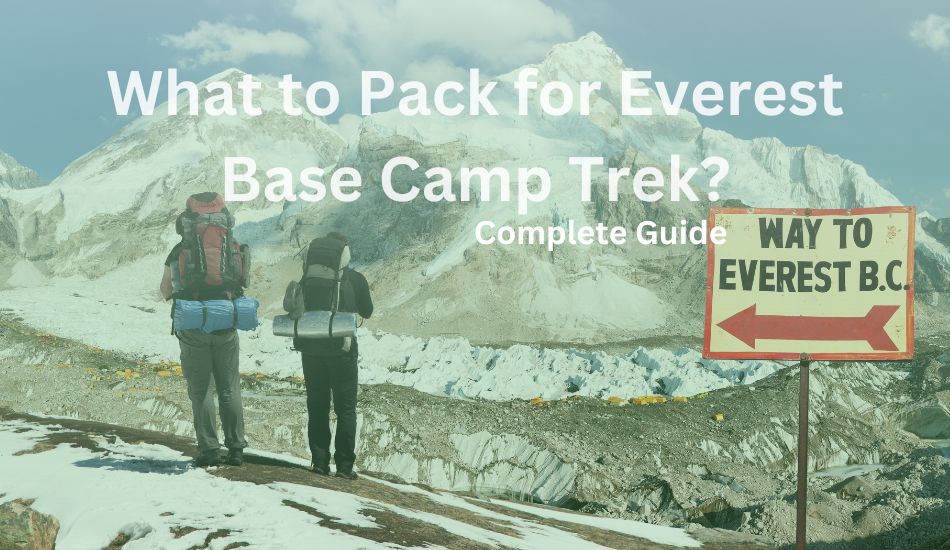
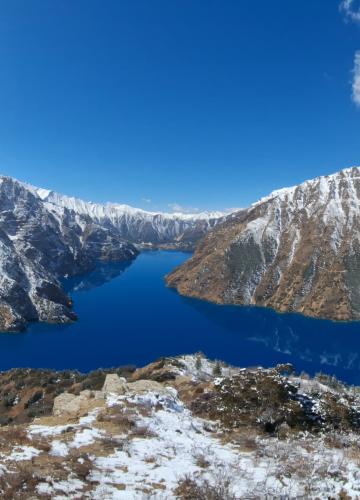
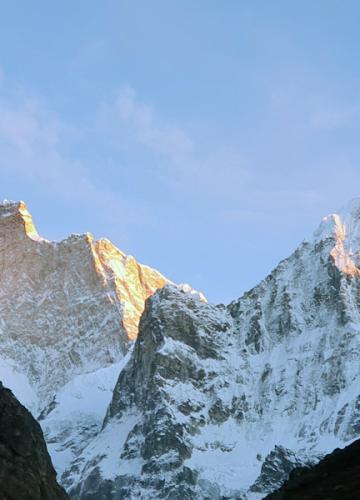
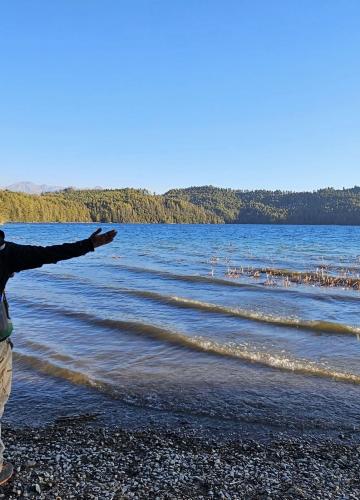
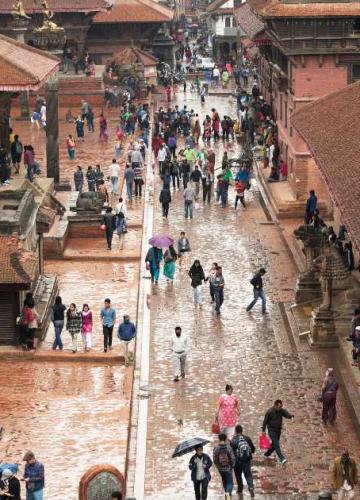
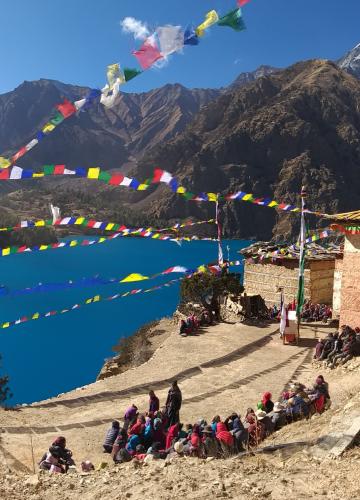
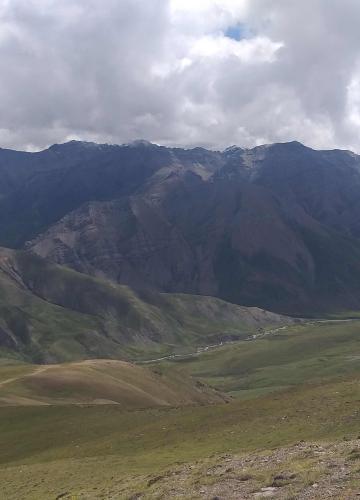

Leave Your Comment